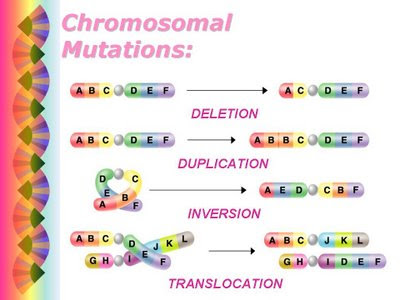Since that time, there have been several groups of notes of various sizes for students to access.
First, this Power Point (previously given) contains an outline of photosynthesis, relating it to the 'Great Circle' of chemical reactions that all living things participate it (autotrophs and heterotrophs!), reactions which recycle the raw materials that life requires. Much of this material is covered in the first two sections of Chapter 8 in the Dragonfly Book.

The Power Point for Photosynthesis, Part I, is available here.
Photosynthesis, Part II provides much more detail about the light reactions, photosystems, the proton pumps that use the enzyme ATP synthase, the electron transport chains that help power those pumps. There is less detail about the 'dark reactions' of the Calvin cycle and other material which is not explicitly part of the state standards. This is covered in Section 8.3 of the Dragonfly Book.

You can download Photosynthesis, Part II here.
A third Power Point is somewhat brief, but has many helpful animations that help describe and explain the structure and function of ATP (adenosine triphosphate), the main energy-carrying molecule used by living things. This builds on material in Section 8.1 of the text.
The fourth and final Power Point in this unit contains information about cellular respiration, including glycolysis (which takes place in the cytoplasm) and the Krebs Cycle (which takes place in the matrix of the mitochondria). The electrons produced in the Krebs Cycle move through the inner membrane, or cristae, of the mitochondria. The motion of these negatively-charged particles attracts protons (H+), and eventually a high concentration of protons within the membrane is available to drive 'proton pumps' that power an enzyme, ATP synthase, leading to the production of more ATP:

You can download the Power Point for Cellular Respiration here.
HOUSEKEEPING:
SATURDAY SCHOOL will be held on Dec. 13th, in Room N-63, between 8:45 and 11:30. Students who SELECTED for Saturday School will recieve a packet of illustrations to color and label based on materials from chapters 7-9 (cell membrane, transport, animal and plant cells, photosynthesis)









































